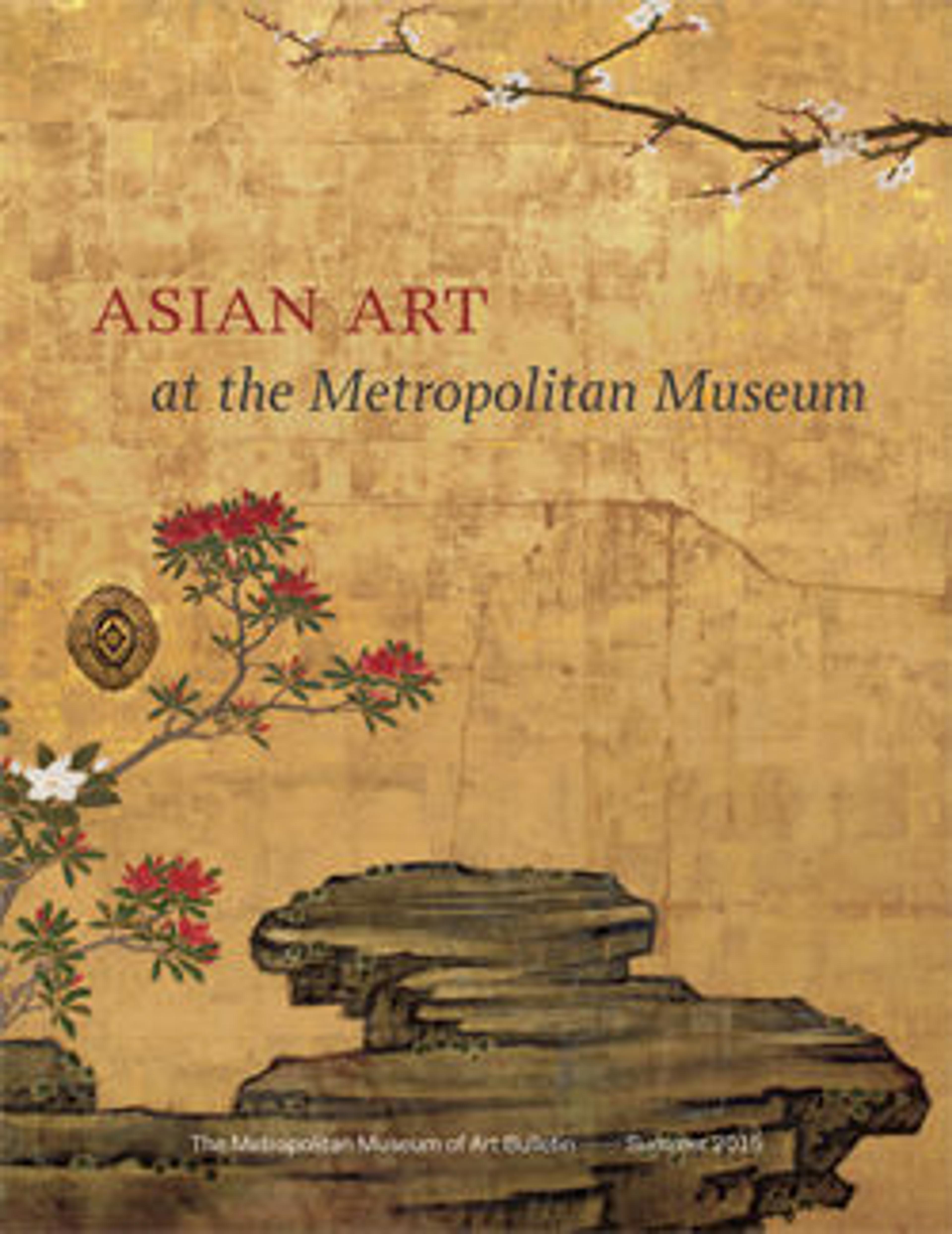Ganesha
Artwork Details
- Title:Ganesha
- Period:Chola period
- Date:12th century
- Culture:India, Tamil Nadu
- Medium:Copper alloy
- Dimensions:H. 25 1/2 in (64.8 cm)
- Classification:Sculpture
- Credit Line:Gift of Florence and Herbert Irving, 2015
- Object Number:2015.500.4.12
- Curatorial Department: Asian Art
Audio
961. Kids: Ganesha
Gallery 240
Meet Lord Ganesha—a god with the head of an elephant. Hindus worship many gods. Ganesha is the son of an important goddess named Parvati, who is married to Lord Shiva. A legend says that Shiva cut Ganesha's head off by mistake. Discovering his error, Shiva took the head of an elephant, the first living being he saw, and gave it to his son.
[Elephant trumpeting]
If you could have any animal's head on your shoulders, would you choose an elephant? Hindu's respect the elephant for its wisdom, strength, and loyalty—Ganesha inherited all of these qualities. He also has a potbelly and thick heavy legs, and he likes to eat sweets. This is symbolic too. What do you think his heavy body represents? Ganesha's heavy body symbolizes good fortune. Hindus believe that he can remove any obstacle. When they start any new project, they pray to Ganesha and leave gifts for him in his temple. Look around the base of the statue, both in front and in back. Sometimes you'll find coins, pieces of candy, or other small gifts to Ganesha from visitors, asking him to remove obstacles from their path.
More Artwork
Research Resources
The Met provides unparalleled resources for research and welcomes an international community of students and scholars. The Met's Open Access API is where creators and researchers can connect to the The Met collection. Open Access data and public domain images are available for unrestricted commercial and noncommercial use without permission or fee.
To request images under copyright and other restrictions, please use this Image Request form.
Feedback
We continue to research and examine historical and cultural context for objects in The Met collection. If you have comments or questions about this object record, please contact us using the form below. The Museum looks forward to receiving your comments.
